Hollywood has given us some of the best romance movies. But the rest have just set new lows for the genre, and Bollywood and several other industries have started to follow the trend, spreading the mediocrity far and wide. Movies like the Before Trilogy and Her are rare gems which are hidden under piles of thoughtless rom-coms that have become the face of the genre. Other countries have been making romantic movies that are beautiful and poetic, and it is time Hollywood picked up a few tips from them. Here is the list of 12 reasons why romantic movies of Hollywood never seem to affect us the way they are meant to.
12. Repetitive moments
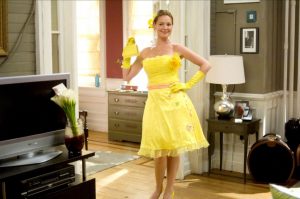
We have the makeover moments, watching one of the leads having fun with kids, bonding with the other’s family, the amusement-park-day-outs, bigger than life proposals. It is high time that Hollywood upped its game and got creative with moments that bring two characters closer. Maybe add a real conversation apart from the one with the narration of the sob-back story. However, if most of the movies are linked by common moments to build a relationship, it defeats the point of the genre.
Example: The Notebook, No Strings Attached, 27 Dresses
11. Vanity
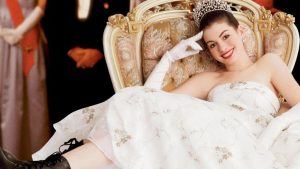
We know of the characters who believe they aren’t pretty enough, or the fat-shaming of the supporting characters, or skinny-shaming of the nerd, and there are those make-overs to fit into the definition of conventional beauty. Half the dialogues revolve around the external appearance of the characters, and it just brings down the depth of the story, leaving it hanging on vanity. Most of the movies are based on the physical attraction between the protagonists, and if you take that away, I hope the movie still works.
Example: She’s All That, The Princess Diaries, Pretty Woman, hosts of Girlfriends’ Past, Twilight
10. Overused dialogues
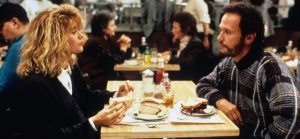
Hollywood romance movies are dialogue-heavy. The uniqueness of every movie is lost, with the same dialogues tweaked in places to sound different. The big declarations of love all look overused. What if, instead of being verbal, it could just be implied? If the audience already knows the drill, isn’t it high time to get a better script?
Example: Friends With Benefits, When Harry met Sally, Jerry Mcguire
9. Clichés
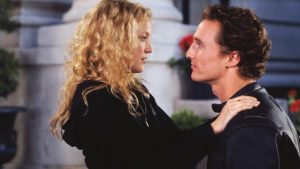
If you’ve seen one cliché, you’ve seen them all. Clichés in Hollywood deserve their own article completely, because the laziness of writers in discovering freshness just hits you in the face with these stories. Yes, there have been classics that have clichéd storylines, and they were undeniably enjoyable, but once a cliché works, storywriters drop their pens and keep reworking the formula that had earned them money. It does keep working. Clichés exist for a reason. As long as people don’t tire of bad-boy tropes, extremely-successful-woman-too-sceptical-about-love, clumsy-girl-meets-rich-business-tycoon, they are never going to stop making them, and there will never be quality content.
Example: How to lose a guy in 10 days, Wedding Crashers, The Proposal
8. Romanticising and/or trivializing illness
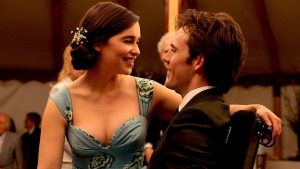
So depression, bipolar disorders, and anxiety become character quirks that are swiftly overcome when a character gets together with their lover, whereas terminal diseases like cancer, mostly because it’s easier to explain it to the audience, is a pity-generating machine where the character is reduced to a depleting commodity to be cherished before it is over. Not that there is nothing wrong or insensitive about it, but movies use this card to garner pity, feels like this was the last resort to get the audience hooked. Sure, some films have gotten them kind of right, but a more serious take on it is yet to be seen. It is worse when a serious mental illness is trivialized to a trait that can be easily overcome without any professional help. Not to mention, this heavily affects the audience, who have begun to think that a fairy-tale romance is the only way to get out of depression.
Example: Friends With Benefits, A Walk To Remember, 50 First dates, Me Before You
7. Convenient side characters
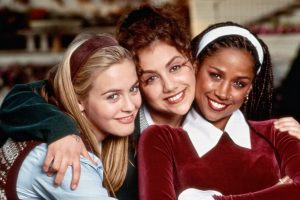
Hollywood clutters its films with too many characters who live to sacrifice their own happiness for a protagonist. Some of them end up being more relatable than the main character, but the fact that they end up investing more of their lives in the happiness of the protagonist rather than just being a good friend ends up making things way too convenient for the story. These characters drop hints and pointers all through the movie, sometimes creating ideal situations for the main characters to get closer, and you’ll probably see the protagonist in a conversation with them right before the big declaration of love, when they hit realisation after being guided to the conclusion by them. Even though they are given token stories of their own, these characters are dropped from relevance on convenience, and their stories are usually given a rushed conclusion for the sake of evading questions. The shallow characters could easily have been dropped or given more relevance according to a story, if not, they could all have their name changed to Convenient Disposable Sidekicks.
Example: No Strings Attached, Four Weddings and a Funeral, Clueless, Twilight
6. Lack of weight to the characters’ aspirations
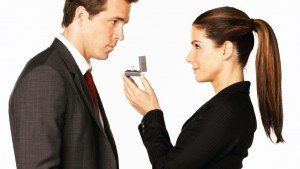
It has become a common trope in movies where the protagonists have to abandon dreams that they have worked their entire lives for the sake of love. It might be career goals or something that they have believed all their lives, but it doesn’t change the jarring change of character in the climax of the movie, where they are ready to drop everything for apparently the only thing that matters. If the characters have to stop being themselves by the end of a romantic movie, the characters have never been written well enough. If their dreams were never strong enough, they were just a façade in the pretense of real character building. The conflict that arises from the differences in characters are not taken seriously and are dumped by the time of reconciliation.
Example: What Happens in Vegas, The Proposal
5. Undiscovered characters
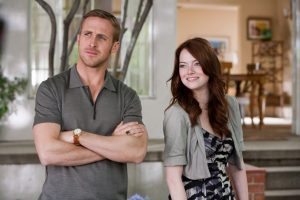
It seems like the movies have their characters all figured out. Be it the brooding bad guy with the heart of gold, the awkward girl who believes she’s too ugly for love, or the hard-workers who just don’t have the time for love, they all usually come with a tragic backstory that defines them. Tropes are the cheat codes for character building, and Hollywood seems to be comfortable not discovering their characters beyond them. Their characters are a by-product of their pasts, and what they actually are is left unexplored. If you take the sad backstories away, who would they be? What do they like? What makes them happy? What kind of choices would they make if they were in an adversity? What kind of books would they love? Do they doodle when they are stressed or do they pick at their nails? Most of these are things that may or may not translate to the screen, but a writer should know tonnes more about their character than what shows up on screen, and even if it is not blatant, you can see a great difference in them.
Example: Frankie and Johnny, Pretty Woman, Crazy Stupid Love, Twilight
4. Art direction

Lazy art-direction is a direct by-product of undiscovered characters. Sure, romance movies have beautiful locations and are visually stunning, but just shifting the story to an exotic location is not the answer we are looking for. Most of the time, it’s generic places like cute bookstores, cute cafes, classic music stores, or the countryside, maybe? That’s all fine, but when we close down on the main characters in their personal space, we are looking for clues to complete the character. The females have generic cute and girly things, or a random blanket thrown on the sofa in the name of clumsiness, or a classy futuristic setting for a successful woman. Maybe throw in an old family photo for the other to start a conversation over. The design of the locations look overused, and there are hardly any means to separate one character from the other. Art direction is a way to tell more about the characters than that which can be shown through the script. Maybe the character likes to collect tea leaves, maybe they hoard polythene bags in another polythene bag, maybe they use empty honey jars to store spices or herbs. A carefully planned setting is not explicit, but speaks volumes about a person, but a generic template for locations that seem too impersonal takes away a lot of the feel from the movies.
Example: Almost all films
3. Too much logic
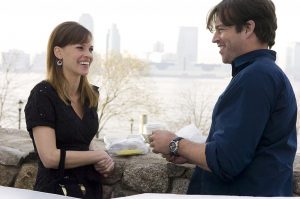
Hollywood loves to explain the logic behind all of their conclusions. It works for complex plots for Nolan, but romance movies are no rocket science. We don’t need characters to start explaining how or why they are what they are, or what they feel. The romance movies are too verbal, and we often see the characters talking about their feelings like a summer assignment. People do like this, perhaps, but too much explanation takes the magic of the moments away. Maybe Hollywood could let the characters feel for once instead of chasing after explanations.
Example: Almost all films
2. Cinematography
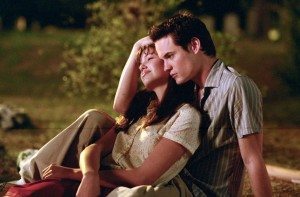
Hollywood does not particularly love to tread into more creative ways of filming love stories. In films about emotions and feelings, there are hardly any close-ups of the expressions, or the eyes, or small quirks that add to the body language of a character. Mid-shots are almost usually as far as the camera goes, and they do not bring us close to the character enough to feel the way they do. There is a sense of detachment of the audience from the characters, which should never be the case with romantic movies. There are hundreds of ways to only use the camera to make the entire story without the actors even needing to be in the face with their acting. Most of Wong Kar-Wai’s movies use the camera beautifully to tell stories where there is hardly any dialogue. Amélie is another example of cinematography as an important element in the filming with high-angle choker shots and close-ups.
Example: Almost all films
1. Too much plot

We all watch movies for their plot, the vents, expositions, et cetera, et cetera, except for romantic movies. We don’t watch them for their intricate plots with mind-boggling events. We watch romance movies for the way the two characters develop a relationship. Hollywood adds way too many events that move the story of the characters forward, so much so that the eventual realization looks forced. In romance movies, the fundamental requirement is for the characters to drive the story, not the story to drive the characters forward. Stripped to the basic core, the plot of romance movies is that the characters meet. The best of romance movies work with this basic plot. Be it Before Sunrise, or Chungking Express, the Woody Allen movies, and even Eternal Sunshine of the Spotless Mind where the characters drive the complex plot themselves. We have plots that build through situations where the characters are forced to go along, maybe there were bets, or exes to make the other jealous, or friends who push them to be together. If you take external factors that bring them out of the relationship, will they still be together? We need the movies to shift from a macro environment to a micro one, focusing a lot more on the depth of characters and the beauty of the relationship than on the set up.
Example: Almost all films

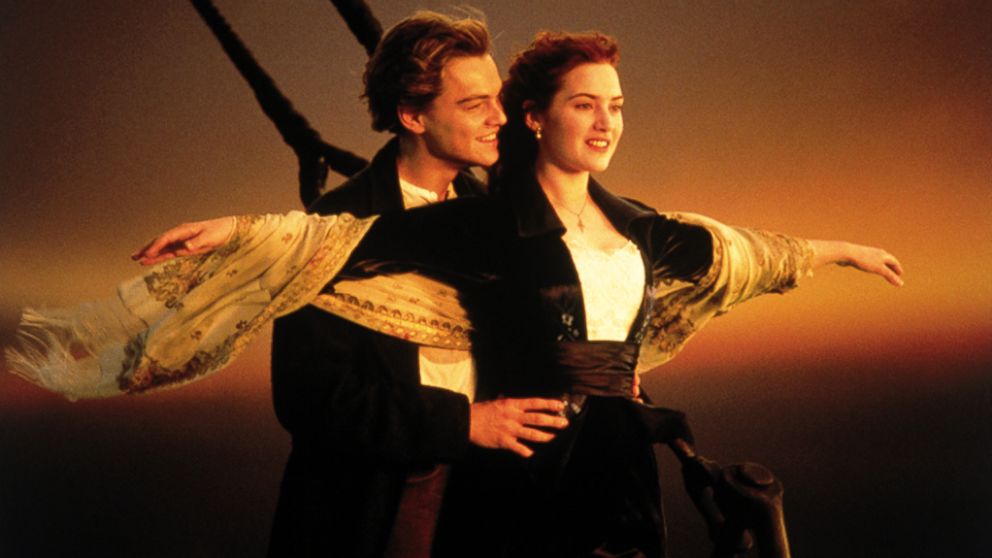
You must be logged in to post a comment.